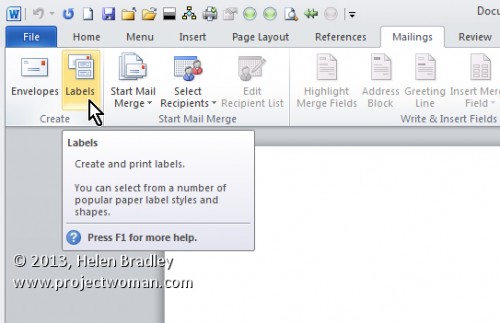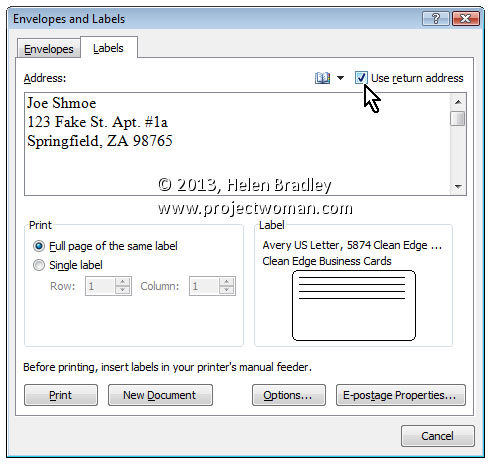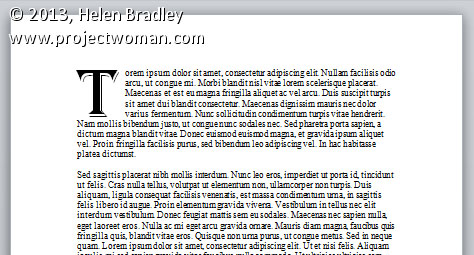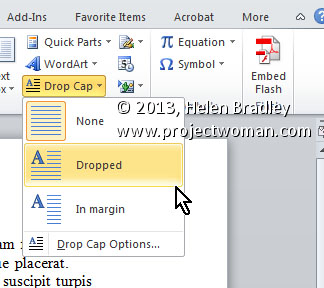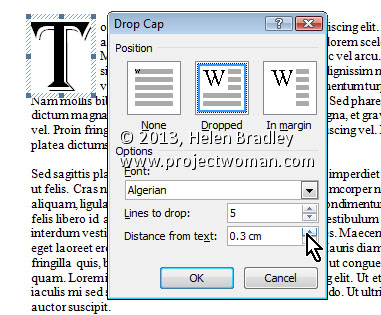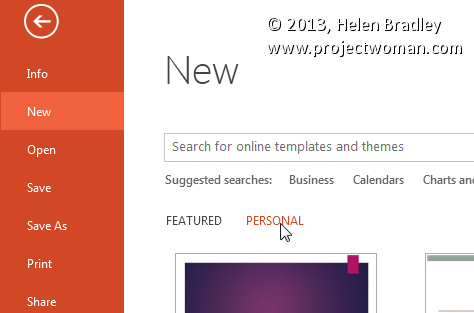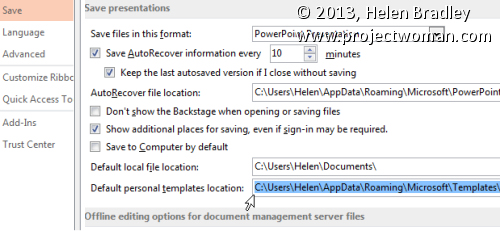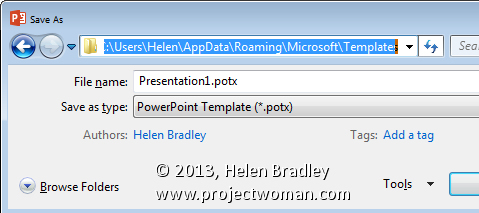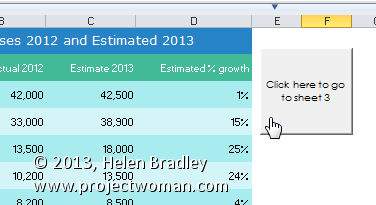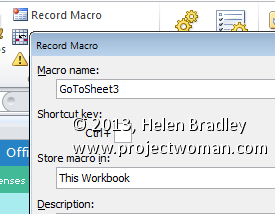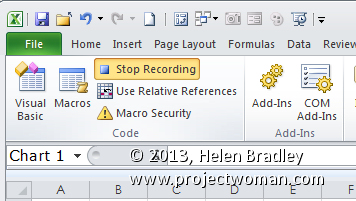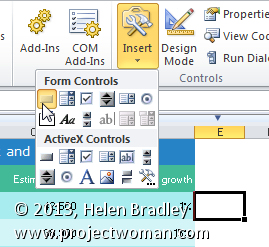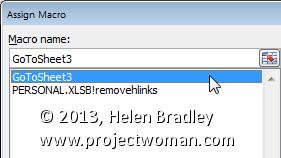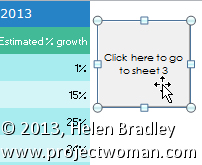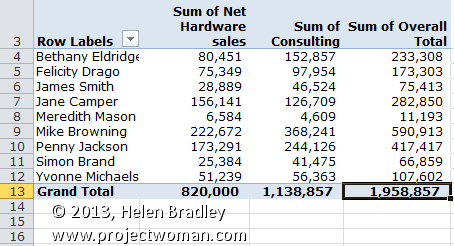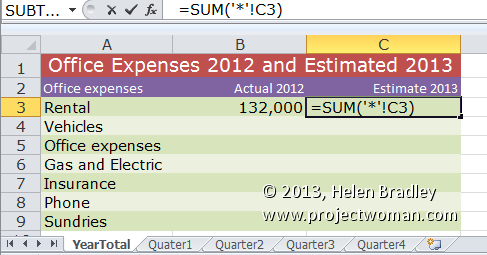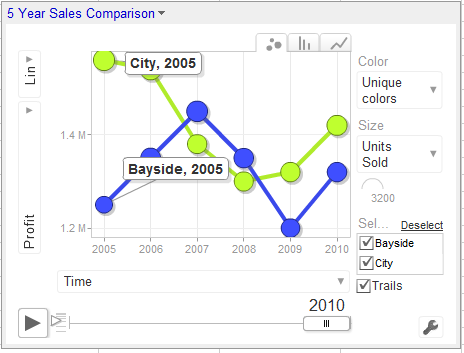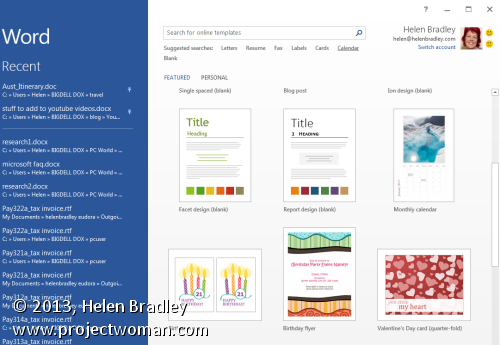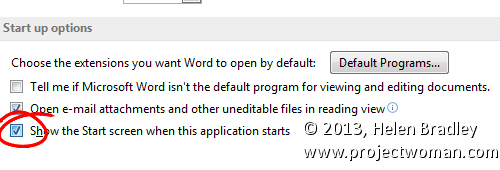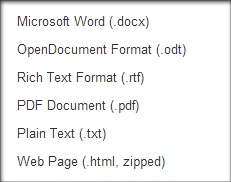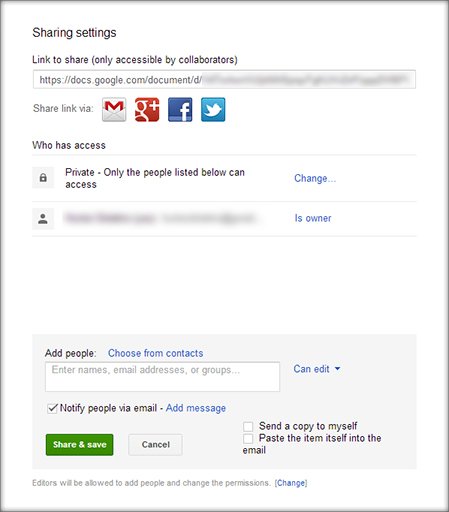Tuesday, April 16th, 2013
Word 2010 and 2013 Tip – Return Address Labels
Using Word to Create Multiple Return Address Labels
Create your own return address labels in Word 2010 or 2013 by selecting the Mailings tab and clicking the Labels button. Type your address into the text area under Address.
Alternately, select the ‘Use return address’ checkbox and select the address to use from your address book or from your Outlook contact list.
Select the ‘Full page of the same label’ option button and select Options to select your paper from the list.
Select New Document to create a document full of your labels or click Print to send the job straight to the printer.
Labels: 2010, 2013, Address, Full page of the same label, Label, Mailing, Microsoft Office, Microsoft Word, option, print, Return, tip, Use Return Address, Word, Word 2013
Thursday, April 11th, 2013
Word 2010 and 2013 Tip – Drop Caps
Drawing Attention with a Drop Cap
One easy and fun way to add visual interest to a text heavy page is to use a Drop Cap. A Drop Cap is when the first letter of a paragraph is increased in size and, more often than not, put in a more ornate font.
To create a Drop Cap, place your insertion point in the paragraph you wish to start with a Drop Cap. Then, choose Insert on the Ribbon, click Drop Cap > Drop Cap Options. The ‘Drop Cap Options’ allows you to either insert the Drop Cap into the paragraph, with ‘Dropped’, or place it separate from the text, with ‘In margin’. If you’re unsure what to use, I would suggest ‘Dropped’ and increase the ‘Distance from text’ setting to .3cm and the ‘Lines to drop’ setting (which affects the Font size of the actual Drop Cap) to 5 and click OK.
To change the font of the Drop Cap, you can either select the font you want directly in the ‘Drop Cap Options’ window or highlight the letter (which appears in a Frame) afterwards and changing it. You could even use Format, Borders and Shading, Shading tab to fill the frame with colour.
Labels: 2010, 2013, big, Cap, Distance from text, drop, Drop Cap, first, format, letter, Lines to drop, Microsoft Office, Microsoft Word, Office, tip, Word
Monday, March 25th, 2013
Excel – What to do when PivotTables won’t total
When Excel won’t total a PivotTable there is a reason why – and a workaround
When you are working with a PivotTable in Excel and if the data you are looking at comes from two different columns in the original worksheet you won’t be able to create automatic totals for it in the PivotTable.
So, as much as you ask Excel for totals, you’ll be disappointed.
However, you can create manual totals. To do this, click in the table and from the Options tab choose Fields, Items & Sets > Calculated Field. In the dialog, click in the Name box and type the name Overall Total. Click in the Formula box and write a formula that totals the fields you want to total. In our example it will be Net Hardware Sales plus Consulting.
To write the formula click next to the = symbol in the Formula box. Click Net Hardware Sales in the Fields box and click Insert Field. Add a + symbol to the formula, then click Consulting in the Fields box and click Insert Field.
The resulting formula will read: = ‘Net Hardware sales’ + ‘Consulting ‘
When you are done, click Ok and the calculated field will be added to the table and it will be visible alongside the other fields in the PivotTable.
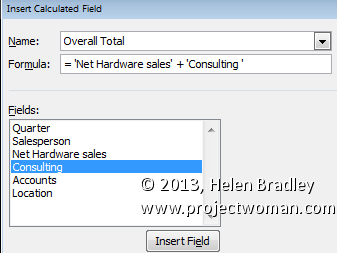
Labels: create custom calculated fields, create custom totals, Excel, manual totals, pivot table, pivottable
Tuesday, March 19th, 2013
Excel – Sum a cell in all sheets but this one
Try this quick Excel formula to sum a cell in all the sheets except the current one
In Excel sometimes you’ll want to sum a cell value in all the sheets except the one that you’re currently working on. You might do this if you have a series of quarterly results that you want to add together to create a yearly total in the total sheet.
You can do this by typing the sheet name and cell for each cell to add but that would be very cumbersome. It will be a nuisance too if you try to select each cell in turn. Luckily Excel has a special feature that will help you do this. So, to sum all the values in, for example, cell C3 of every sheet in the current workbook except for the sheet you are currently working on, use this formula:
=SUM(‘*’!C3)
The ‘*’! part of the formula tells Excel that it should total all the sheets in the workbook except the current worksheet. When you press Enter Excel expands the formula so it will refer to the first and last sheets in the workbook. So, if you are summing that cell in a workbook that has sheets called YearTotal, Quarter1, Quarter2, Quarter3, and Quarter4 the formula will be expanded automatically so it reads:
=SUM(Quarter1:Quarter4!C3)
Be aware that if you add additional sheets to the workbook which appear inside the range of the sheets that are refered to in the formula then those additional worksheet cells will be included in the total.
If you don’t want this to be the case then make sure that any new sheets that you add appear outside the range of sheets that are included in the formula.
Labels: all sheets, automatic sum, Excel, formula, sum
Friday, March 15th, 2013
Motion charts in Google Docs
Gadgets allow you to do things with Google Docs that would be time consuming if not beyond most people’s skills to create in a program like Excel. In this article I’ll demonstrate how to create a motion chart in Google Docs spreadsheet.
Prepare the data
In the first column of a new worksheet type the name of the item you’re charting such as office locations – we’ll use City and Bayside. In the next column, type the period that the data is for – this needs to be a time field such as year, week or quarter. The data needs to conform to ISO8601 so use 2011 for a year, 2011W08 to enter week eight of 2011 or 2011Q2 for second quarter 2011.
In the next column, type the data to plot such as Profit. The next columns are optional but we’ll add one which records units sold. To have some data to work with, add at least five years of data for the two offices.
Add the Gadget
Select over the entire range (including headings), and choose Insert > Gadget > Charts and scroll to find the Motion Chart and click Add to Spreadsheet. In the dialog which appears, the range should already cover the selected range, leave the Default State empty for now and type a title for your chart such as 5 Year Office Comparison and click Apply & Close.
The chart appears on the screen but requires some customisation to work. From the fly out menu of Y axis options on the left select Profit and then from the X axis dropdown list select Time so you plot Profit against Time.
From the Color dropdown list, select Unique Colors and from the Size dropdown list, select Units Sold.
Click the Play button and the chart will play showing the change in your data over time. The Y axis movement shows movement in Profit and the size of the bubble shows change in Units Sold.
The tabs change the chart from a Bubble to a Column or Line (this is not a motion chart).
If you click the office checkboxes and Trails you will see additional labels on your data and to the right of the Play button is a slider which controls playback speed.
Save the default
Wind the play button back to the beginning. Click the Settings button and click Advanced and Advanced again. Double click the state string to select it, right click and choose Copy. Click the chart title to display the chart menu, click Edit Gadget and paste the string into the Default State textbox. Save the worksheet and the chart will appear whenever the worksheet is viewed and it will be configured as you set it up to look.
Labels: animated, charts, default, Excel, google docs, motion, save, spreadsheet
Wednesday, March 13th, 2013
Change your Windows 8 Lock Screen image
Change your Windows 8 Lock screen and other personal settings
It isn’t easy to find but you can change the images you see on your Lock screen and start screen in Windows 8 by pressing the Windows logo key and I and choose Change PC Settings.
Click Personalize and you can view different options for your Lock screen, Start screen and account picture.
Yeah! No more Seattle Space needle for me!
Labels: change image, configure, lock screen, personalize, setup, start screen, Windows 8
Wednesday, February 27th, 2013
Shake Up Windows
See how to minimize everything on your screen except what you are working on
This tip falls into the category of WTF? Who knew this? I certainly didn’t until I fell over it the other day. It’s a tip for Windows 7 and 8 for hiding everything on the desktop except what you are working on.
Grab the title bar of the current window with your mouse and give it a good shake. When you do, everything that was open except what you are working on disappears and you’re left with just the current window.
Do it again and everything comes back in the position it was in. It’s not a tip that will save you a lot of time, but it works and it’s fun to do – at least the first few times.
Labels: minimize windows, shake, Windows 7, Windows 8
Wednesday, February 6th, 2013
Fix Images in place in Google Docs – Quick Tip
If you’re having trouble positioning images in a document, Google provides an easy solution.
By default, all inserted images are placed inline with the text, which means it is treated just like another character and will move with the text around it. To change this, simply click on your image and select Fixed position. This places the image “above” the text so that the text moves to accommodate it; the image remains in any location you move it to while text wraps around it. This also permits images to overlap.
Labels: fit, fix, google docs, images, place
Saturday, February 2nd, 2013
Easily Create Webpages with Google Docs – Quick Tip
Google Docs provides a neat way of turning any document into a simple HTML web page, perfect for any novice interested in building a basic website. To do so, simply open the desired document and select File > Download as > Webpage (.html, zipped). The file will be compressed in a .zip file so you’ll have to extract it, but it will be instantly ready for use. This functionality can also be used with spreadsheets.
Tuesday, January 29th, 2013
NO DVD play back or DVD Burner in Windows 8

Image credit Pawel 231 sxc.hu
Are you searching Windows 8 for its DVD player and DVD burner? Well stop wasting time – they aren’t there
Yep, that’s right. Windows 8 ships without a built in DVD burner and there is no installed DVD player software either. If you don’t have a DVD drive and I guess Microsoft thinks they are so “yesterday’s technology” you’re OK. But I still have a DVD drive and so do millions of others. The worst part of this is that Microsoft doesn’t warn you there’s no DVD burner or player – you have to work that out yourself.
So, all across the world, every day, thousands of man and woman hours are being wasted looking for something which, let’s face it, should be there, but isn’t. Gee, thanks a bunch for that Microsoft!
So, here’s what to do if you have a brand new Windows 8 computer or if you’ve upgraded to Windows 8 and you have a DVD drive.
1 Stop looking. There is no DVD burner and no built in DVD player. If you have either of these on your Win 8 machine it didn’t come with Windows 8 – your PC manufacturer (or tech savvy daughter or son), put it there.
2 Get the software. The best solution if you’re using Windows 8 Pro, although I hate to suggest it is to shell out $9.99 to Microsoft for the Media Center software. This isn’t included in Windows 8 but can be downloaded and installed. You use this to play DVDs on your PC. To get it, launch Windows 8, tap Windows + Q (Search) and in the box type Add Features and tap Settings. Tap Add features to Windows 8 and then click I want to buy a product key online and you can go ahead and buy Media Center.
Now, there is one caveat. If this option doesn’t appear (and it may not because Microsoft left it out of some versions of Windows 8 such as the UK version and other users have reported it as disappearing once it is used the first time – yeah! well done Microsoft!) you can try this. Click Windows + Q, type System and tap Settings and click System. Now click View Details in Windows Activation. Once there you may find a link to add features or click Buy Windows for another computer to go to the website to buy Media Center – search for it when you get there. Until Jan 31, 2013 if you use Windows Pro you can get a licence code that lets you download it free of charge, otherwise it costs $9.99 if you’re using Windows Pro – it will cost a huge chunk of change if you’re using the Home version though.
3 If this all sounds like too much trouble, download the free opensource VLC Media player which is compatible with Windows 8 from http://sourceforge.net/projects/vlc/ all the open source folk love it.
4 To burn DVDs you need a DVD burner and the Windows DVD program no longer exists in Windows 8, so, you’ll need some burning software. There are plenty of programs around from folks like Nero but they can be pretty costly and not all are compatible with Windows 8 . If you just need a very simple burner, try Ashampoo Burning Studio Free 2013 – the Ashampoo products are great and the company does a good line in simple to use CD and DVD burners that don’t need a degree in computing to operate. Get the free version from Softpedia here or from CNET here.
Bonus Tip – where to find a list of features missing from Windows 8
If you’re searching for features that you think should be in Windows 8 but you can’t find, check this Wikipedia article: Features removed from Windows 8 for a handy list of what is missing from Windows 8 – it might save you some wasted time.
Labels: add features to Windows 8 missing, dvd burner, dvd player, Microsoft, Win8, Windows 8, windows 8 media center


